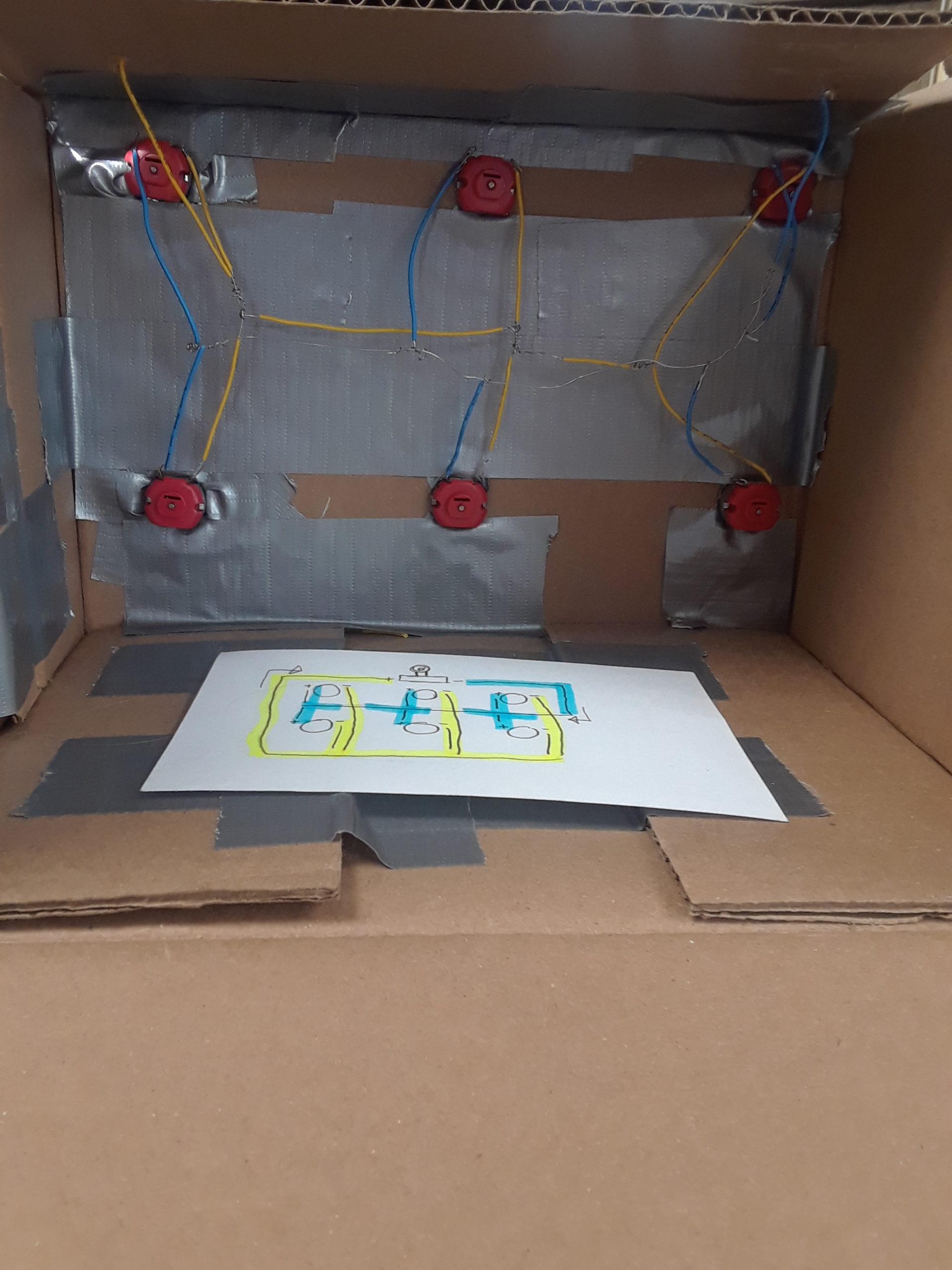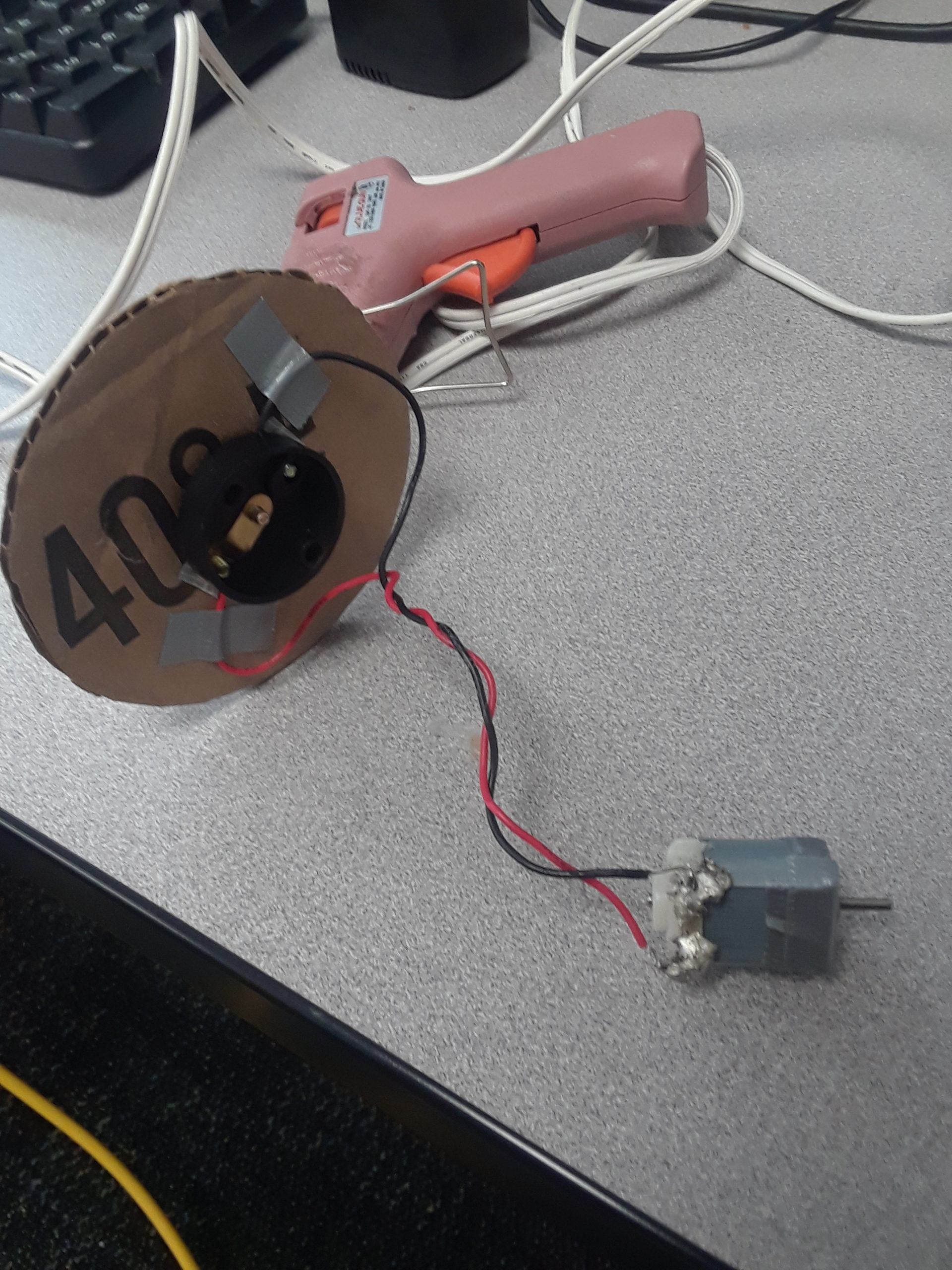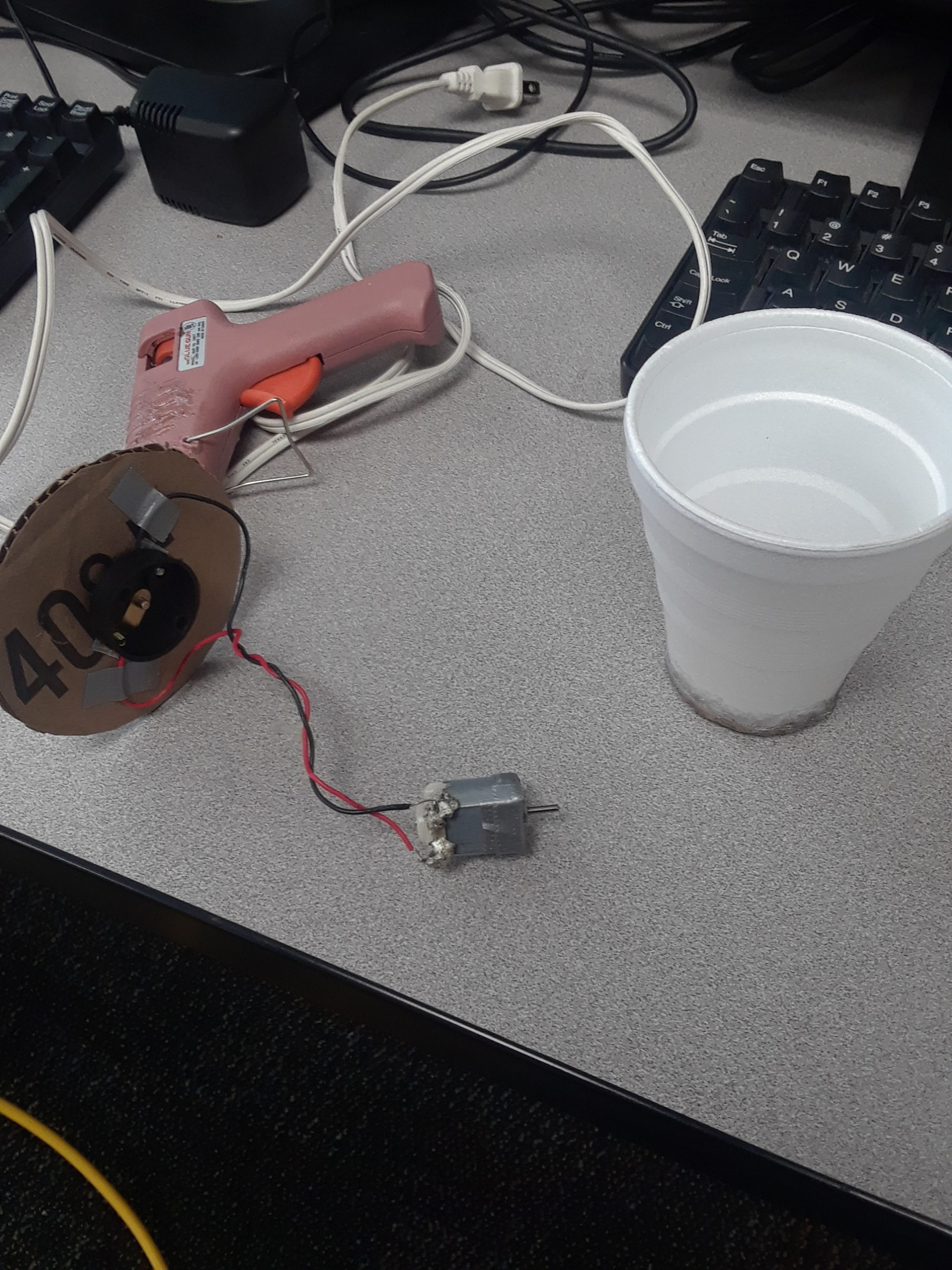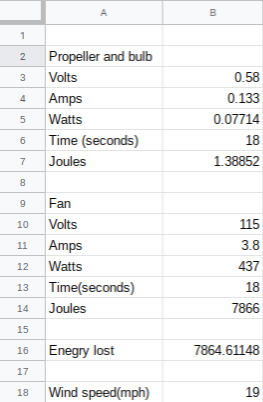
Aaron – Tech
Mac – Human Resources
Nathaniel – Accuracy Monitor
Al – Project Manager
Kaydence – System Analyst
Five kids one light bulb and the power of the elements… What will happen?
Wind a revolutionary force of energy that enables us to maintain earth’s health. In this project, we discovered the breathtaking power of wind. Mac had the bright idea to power a light bulb with wind energy. With plans drawn out and nothing but time the future looked well for our group but soon we’d realize the challenge ahead.
Throughout the project, our group’s habit of mind was Persistence. our group had to have a lot of persistence to succeed in this project from planning to try to keep everyone on track and focused.
Starting out, we already hit a wall. All of the group members that were in the class for the first few weeks were new students to the class, while most other students had already been in the class for a quarter. We began to experiment with various circuits and wiring. Slowly but surely, we started to have a vision of what our project was going to be. We found a form of a circuit that worked when connected to a battery, however, we needed to find a way to make it light on its own. Out first attempt only involved us blowing on the propeller, though we quickly concluded that lung power was not enough. We then used a can of compressed air, though that didn’t work either. Eventually, we found a shop fan, and that worked great.
In our search for sources of wind, we attempted to use compressed air to spin our small fan to power an LED. We observed no success. With defeat fresh on our minds we headed back to the drawing board. We needed enough wind to spin the propeller enough to generate energy, allowing the light to illuminate. We knew Kevin -our janitor- had some large shop fans. After acquiring one we discovered that it was powerful enough to finally make some light! Now with all of our materials, we began to brainstorm possible designs. We wondered if having multiple fans powering one light could make it brighter. Our first attempt involved 6 motors connected in a series to 1 low voltage light bulb. Though, when we tested it, 5/6 of the motors spun, yet the light didn’t show signs of change. Two of our group members connected a light bulb to a motor, and tested if our newly aquired fan contained enough strength to power the light, which it did. Now we knew that it wasn’t the fan, but something with our circut. We thought that the 1/6 motor was faulty, so we replaced it and tried again. Same problem. And though we changed everything, including the wiring, motor, propellor, and light bulb, it still wouldn’t light. After about 2 weeks of frustration and replacement work, we decided to change our circut to parellel. Yet again, we ran into the problem of the 1/6 motor not turning, so we completely removed it, and even after all of our work the light remained dormant. We abandoned our design, starting completely fresh. 1 motor, 1 light bulb. This model worked, lighting the bulb brighter than we had seen in weeks. Finally we had success. In conclusion We learned a lot in the process of trying to engineer a working wind farm. We liked working on the windmill project, and it definitely had it’s challenges. We learned that wind is very inconsistent even in a controlled environment. It was a lot easier to produce volts than it was to produce amps. We think that we had enough push from the volts, but the overlying problem was that we didn’t have enough amps giving us that flow through the circuits. The amps were a lot more inconsistent and thus we think that was why our bigger wind farm didn’t work. We don’t think it was the type of circuit either because we tried both a series and parallel circuit, but there wasn’t enough flow. Our fan blew plenty of wind, but the wind wasn’t well directed either so it went a lot of different directions. If we wanted the full power of the wind we had to hold it in one specific spot. In a real environment it would be very tough to engineer working wind farms that worked effectively with just the natural wind. In the future I think instead of using the little propellers we would try to build our own prototype windmill, and hopefully create more energy with it. Because the propellers would have a larger surface area we think it could catch more wind and thus create more power. Our project teaches that it a lot of work to use all the energy created from our fan. Our fan was producing 7866 joules and our light only produced 1.38852 joules we lost a total of 7864.61148 joules. This just shows how hard it is to harness the power of wind!
First Version:

Creation of the Final Version:


Final Version in Action:
The above images and videos show our circuits and attempt to power our light bulb.

According to our calculations, the majority of the energy produced by the fan was lost, as the fan was much wider than our small propeller, causing the majority of the air generated from the fan to not be able to reach the propeller. Given more planning in our project, a funnel of sorts could’ve saved a larger amount of energy than what we have now.
One of our biggest challenges was our circuit’s inability to efficiently conduct electricity. Our energy was wasted throughout the wires, not allowing enough volts to pass through the light bulb. Another challenge was a few of our group members’ inability to cooperate and join group discussions. The first few weeks of our project, the designer and engineer of our design didn’t attend class, and even after they started coming to class, they were spending all of their class time with other groups and their friends. However, through hard work and perseverance, we managed to make it work, with or without them.
This project taught us a few things. First, we learned that wind energy isn’t extremely reliable. Second, we saw that electrical is a little more complicated than it looks. Lastly, we learned that working as a group can be tough, but with persistence, we can push through. Our project taught other people that if we can refine wind energy a little more it would be a very efficient and clean source of energy.

Very nice thumbnail, really ties it all together. Your group did a really good job on documenting your progress and I love the idea.
This is a cool idea but i just have one question. What if you used a fan the was the same size as the propeller? would the propeller spin more or would it spin even less than before?
i liked how many pictures and videos you put on your website
If you were to continue the project what is something you would add to the current model to help it run more smooth instead of having the light flicker on and off?
-Kayden
i thought it was a smart idea, you guys did a good overall job at working as a team and problem solving.
It sounds like you found out that lung power and compressed air weren’t going to be able to generate enough power to light the bulb.
The key to success is experimentation. I like how you persisted and didn’t give up until you succeeded.
if you had a boarder around the fan would it have been more precise and gotten more power? it was smart how you guys decided to put several fans on the windmill. you build the product very well it also functions really well.
I think it’s cool you guys didn’t give up when the first one was to big to power much, so you made it smaller
amazing design for the project, using the little box and the giant box fan to power the little turbines was smart to simulate a wind farm.
What would a more permanent design look like?
I think your guys project was simple and effected. I liked the way you set up your data sheet, It was organized clearly. 🙂
I liked how you didn’t give up when trying to find a wind source until you found one that would work. You tried three different sources. Overall great project!
in the pictures you had you showed both your circuits and the design process and i thought that worked very well
I really liked how you weren’t stubborn and continuing to stay with your original size planned for and then made it smaller so it would be easier to get the bulb to light.
this is a very cool project, your groups decision to use wind probably was difficult but you guys made it work. I specifically liked that your group used a high powered fan to simulate actual wind, very smart and innovative.
I love that you guys had a sketch of what you were wanting to create, our group kinda skipped that part and things went south! Kudos to you guys!
What if you used one big propeller like a wind meal? -MT